In the fascinating world of reproduction, most species rely on genetic diversity through sexual reproduction to ensure their survival. However, nature has evolved some remarkable exceptions. Certain creatures have developed the extraordinary ability to create exact genetic copies of themselves without requiring a mate. This process, known as asexual reproduction or “cloning,” might seem like science fiction, but it’s a natural phenomenon occurring in various species across our planet. From microscopic organisms to complex vertebrates, these self-cloning species challenge our understanding of reproductive biology and evolutionary advantages. Let’s explore 13 remarkable wild species that have mastered the art of creating perfect replicas of themselves.
The Komodo Dragon’s Virgin Births
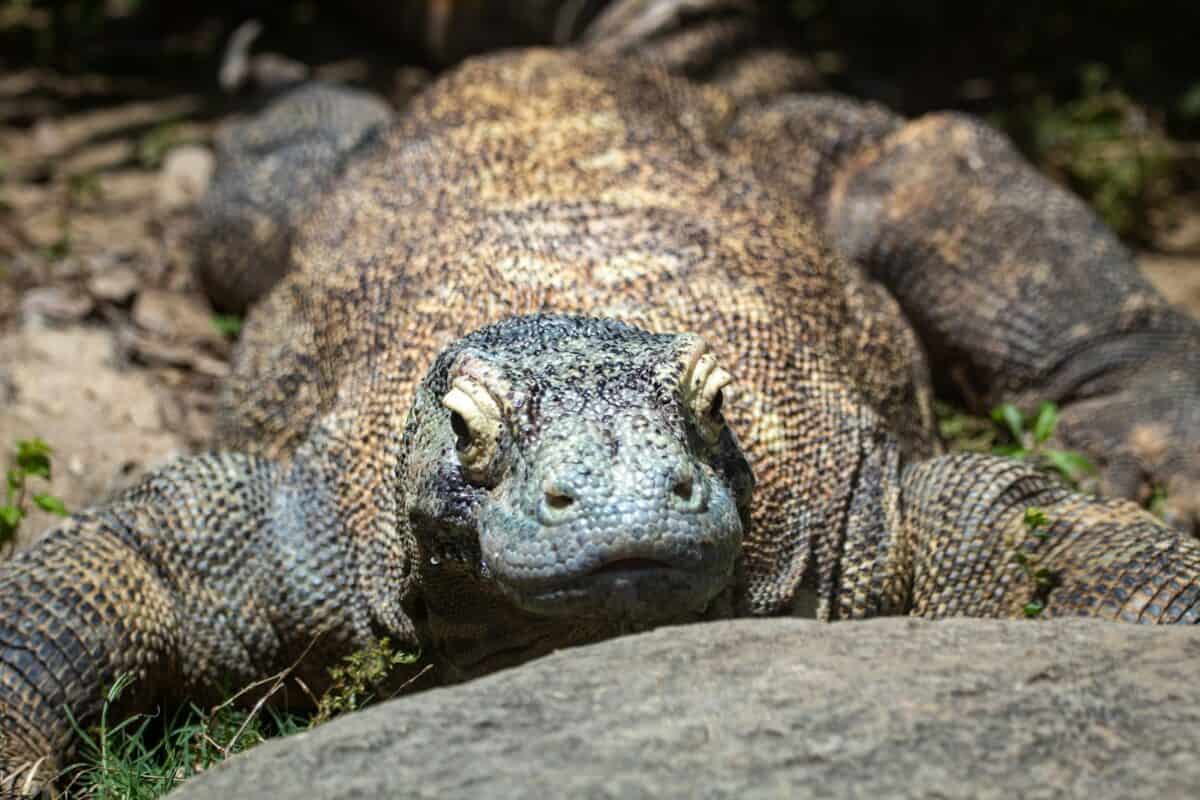
Perhaps one of the most surprising animals capable of self-cloning is the Komodo dragon (Varanus komodoensis), the world’s largest lizard. In a groundbreaking discovery in 2006, scientists confirmed that female Komodo dragons can reproduce through parthenogenesis—a process where an egg develops without fertilization. This remarkable adaptation allows isolated female Komodos to reproduce when no males are available. The offspring are always male, which is nature’s way of ensuring the eventual return to sexual reproduction when the offspring mature. This reproductive flexibility gives Komodo dragons a significant survival advantage, allowing a single female to colonize new islands—a perfect strategy for these island-dwelling reptiles. What makes this even more extraordinary is that these massive predators, which can grow up to 10 feet long and weigh more than 300 pounds, possess such a sophisticated reproductive backup system.
The Whiptail Lizard’s All-Female Society

Unlike the Komodo dragon, which can reproduce both sexually and asexually, certain species of whiptail lizards (genus Aspidoscelis) have completely abandoned sexual reproduction. The New Mexico whiptail (Aspidoscelis neomexicana), for example, consists exclusively of females. These remarkable reptiles reproduce through parthenogenesis, laying unfertilized eggs that develop into exact genetic clones of themselves. What’s particularly fascinating is that despite the absence of males, these lizards still engage in pseudocopulation behavior—females take turns mounting each other, which stimulates ovulation. This species evolved through hybridization between two sexual species, resulting in an entirely new asexual species. With approximately 15 all-female species identified in the Aspidoscelis genus, these lizards represent one of the most successful examples of vertebrate asexual reproduction, thriving across desert regions of the southwestern United States and Mexico for thousands of years.
The Marbled Crayfish’s Recent Evolution

The marbled crayfish (Procambarus virginalis) represents one of the most remarkable and recent examples of evolution towards cloning. This species didn’t exist before the 1990s when it suddenly appeared in the German aquarium trade. Scientists discovered that this species arose from a single mutation in a slough crayfish (Procambarus fallax) that enabled it to reproduce asexually through parthenogenesis. From that single mutated individual, all marbled crayfish are genetically identical clones. What makes this species particularly concerning is its invasive potential—a single individual can establish an entire population. Since its accidental creation, the marbled crayfish has escaped into natural waterways across Europe, Madagascar, and Japan, where populations have exploded. This self-cloning crustacean demonstrates how quickly a new asexual species can emerge and spread, presenting both an evolutionary marvel and an ecological challenge. The marbled crayfish is now considered one of the most invasive freshwater species globally.
The Bdelloid Rotifer’s Ancient Asexuality

While some species have recently evolved asexual reproduction, bdelloid rotifers have been reproducing exclusively asexually for over 40 million years. These microscopic aquatic animals represent an evolutionary scandal—they’ve survived and diversified into over 450 species without sexual reproduction, defying the conventional wisdom that asexual lineages quickly go extinct. Bdelloid rotifers are all female and reproduce by creating eggs that develop without fertilization. What makes them even more remarkable is their extreme resilience. They can survive complete desiccation (drying out), freezing, radiation, and even the vacuum of space. When conditions become unfavorable, they enter a dormant state and can remain viable for decades. This extraordinary durability, combined with their ability to incorporate foreign DNA from their environment (horizontal gene transfer), has likely contributed to their long-term evolutionary success despite their asexual reproduction. They represent one of the most ancient and successful examples of obligate asexuality in the animal kingdom.
The Amazon Molly’s Sperm Dependency
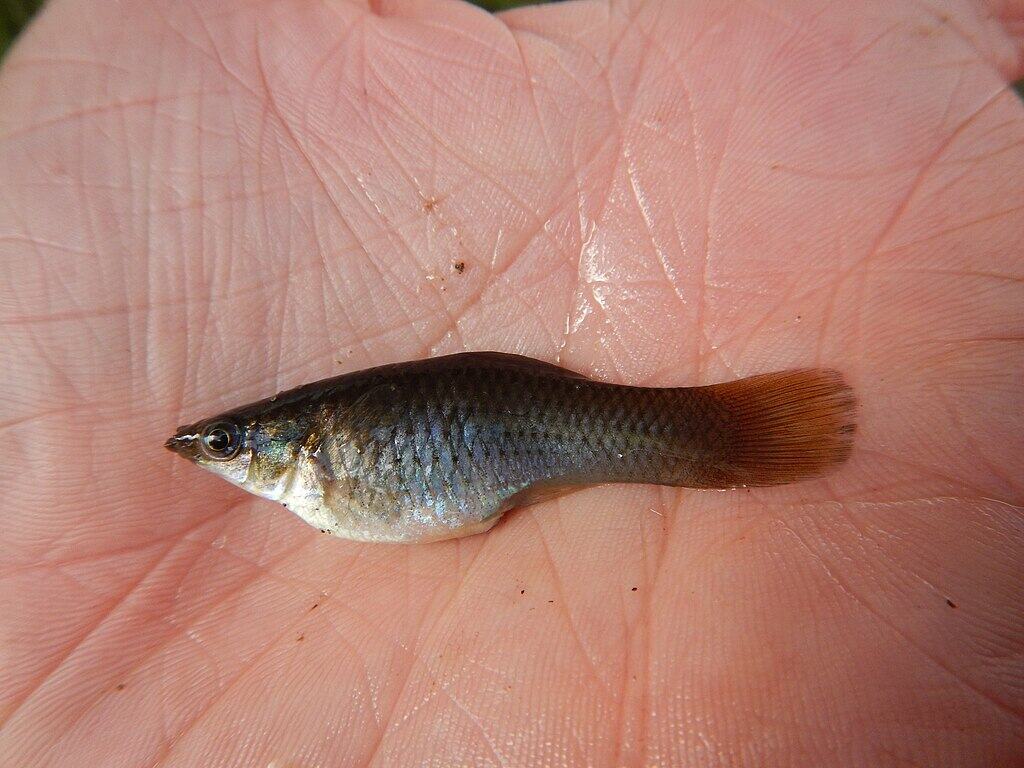
The Amazon molly (Poecilia formosa) presents a fascinating reproductive paradox. This all-female fish species reproduces through a process called gynogenesis—a form of parthenogenesis where sperm is still required, but only to trigger embryonic development. The sperm’s genetic material doesn’t combine with the egg’s DNA, resulting in offspring that are genetic clones of the mother. Named after the female warriors of Greek mythology, these fish must coexist with closely related sexual species like the sailfin molly or Atlantic molly, from which they “steal” sperm. This creates a unique ecological relationship where the asexual species is parasitic on the sexual species’ reproductive efforts. Despite being discovered in 1932 and extensively studied since, the Amazon molly continues to challenge evolutionary theory—it has thrived for approximately 100,000-200,000 years without genetic recombination, much longer than predicted for an asexual lineage. Found in the fresh waters of Mexico and southern Texas, this species demonstrates one of nature’s most unusual reproductive strategies.
The Aphid’s Reproductive Flexibility

Aphids demonstrate perhaps the most flexible reproductive system among all animals, switching between sexual and asexual reproduction depending on environmental conditions. During the abundant spring and summer months, female aphids reproduce through parthenogenesis, giving birth to live female clones (viviparous parthenogenesis) without mating. What’s more extraordinary is that these offspring are born already pregnant with the next generation of clones—a reproductive efficiency that allows aphid populations to explode rapidly. A single aphid can theoretically produce billions of genetically identical descendants in a single season. However, as winter approaches and resources become scarce, aphids switch to sexual reproduction, producing both males and females that mate to create genetically diverse eggs that can withstand harsh conditions. This reproductive plasticity allows aphids to maximize their numbers during favorable conditions while ensuring genetic diversity for long-term survival. With over 4,400 species worldwide, aphids’ reproductive flexibility has made them one of the most successful insect groups and, unfortunately for gardeners, persistent agricultural pests.
The Hydra’s Immortal Budding
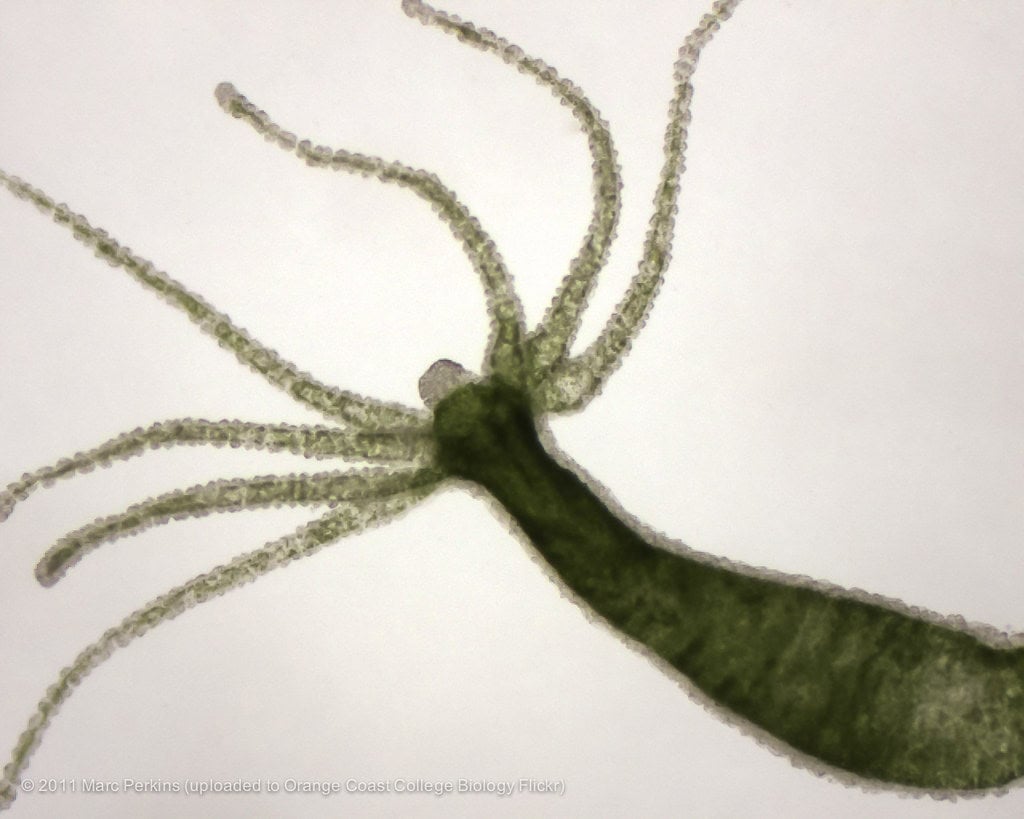
Hydras, small freshwater relatives of jellyfish and corals, have mastered not only cloning but potentially biological immortality as well. These simple tubular animals, rarely exceeding 15 millimeters in length, reproduce primarily through asexual budding—a small bud forms on the body wall, develops a mouth and tentacles, and eventually detaches as a genetically identical miniature version of the parent. A single hydra can produce multiple buds simultaneously, creating a small colony of clones. What makes hydras particularly remarkable is their regenerative abilities and apparent lack of senescence (biological aging). Under optimal laboratory conditions, hydras show no signs of aging and can potentially live indefinitely, continuously reproducing through budding. Their bodies contain a high proportion of stem cells that can transform into any cell type, allowing for constant tissue renewal. While they can reproduce sexually under stressful conditions, budding remains their primary reproductive strategy. The genus Hydra, with approximately 40 species, provides valuable insights into regeneration, aging, and the evolution of complex developmental processes.
The Hammerhead Shark’s Rare Parthenogenesis

In 2001, the scientific community was stunned when a female hammerhead shark (Sphyrna tiburo) at Nebraska’s Henry Doorly Zoo gave birth despite having no contact with male sharks for at least three years. Genetic testing confirmed that the pup was produced through parthenogenesis—the first documented case in sharks. Since then, several other shark species including blacktip sharks and zebra sharks have demonstrated this ability. Unlike some other parthenogenetic species, shark parthenogenesis appears to be a reproductive “last resort” rather than a primary strategy. The process occurs through automixis, where the egg’s genetic material divides, and one part functions like sperm to fertilize the egg. This results in offspring with less genetic diversity than the mother, potentially making them more vulnerable to diseases and environmental changes. Scientists believe this reproductive flexibility evolved to allow female sharks to establish new populations when isolated from males during long oceanic journeys. These discoveries have significant implications for shark conservation, suggesting that some endangered shark populations might have this reproductive backup system when population densities become critically low.
The Tardigrade’s Extreme Survival Cloning

Tardigrades, commonly known as water bears or moss piglets, are microscopic animals renowned for their extraordinary survival abilities—they can withstand extreme temperatures, pressure, radiation, dehydration, and even the vacuum of space. Some tardigrade species have added another survival superpower: asexual reproduction. Species like Echiniscus testudo reproduce exclusively through parthenogenesis, with females laying eggs that develop into genetic clones. This reproductive strategy complements their legendary durability, allowing a single individual to establish a new population after surviving catastrophic conditions. When facing adverse environments, tardigrades can enter a state called cryptobiosis, where their metabolism slows to near zero, and they can remain viable for decades. Once conditions improve, they reanimate and can immediately begin reproducing asexually. With over 1,300 described species found everywhere from mountaintops to deep oceans, tardigrades have existed for over 500 million years, surviving all five mass extinction events. Their combination of extreme resilience and reproductive flexibility makes them perhaps the ultimate survivors in the animal kingdom.
The Curious Case of Cloning Crayfish
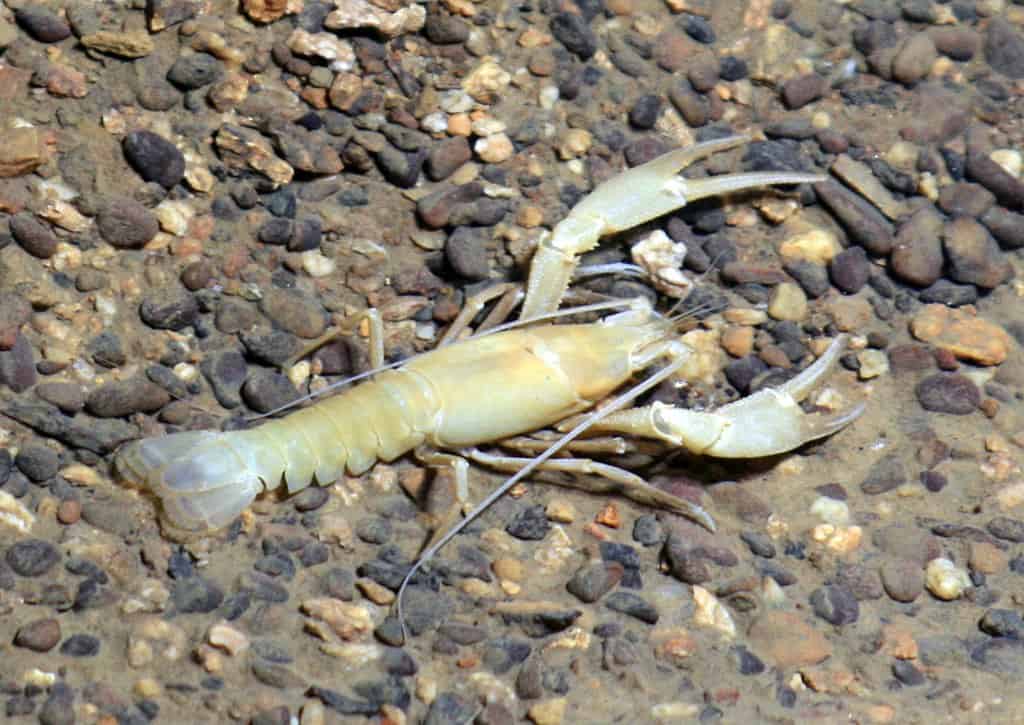
The marbled crayfish (Procambarus virginalis) represents one of evolution’s most recent and remarkable experiments with cloning. This species didn’t exist in the wild until the mid-1990s. Scientists believe it originated when a random genetic mutation in a single slough crayfish (Procambarus fallax) from Florida created an individual capable of producing fertile eggs without mating. This mutation effectively created an entirely new species that reproduces exclusively through parthenogenesis. Every marbled crayfish is female and genetically identical to all others, forming the world’s largest clone army. What makes this species particularly remarkable is how quickly it has spread. A single individual can establish an entire population, and these crayfish are now invasive species across Europe, Madagascar, and Japan. Their rapid reproduction—a single crayfish can produce up to 700 eggs three to four times yearly—combined with their adaptability to different environments makes them a significant ecological concern. Scientists are now studying these crayfish to better understand cancer, as their clonal nature makes them perfect for researching how identical genomes can develop different characteristics under varying environmental conditions.
The Python’s Surprising Virgin Birth

In 2012, a reticulated python named Thelma at the Louisville Zoo made headlines when she produced six offspring despite having no contact with males for over four years. Genetic testing confirmed these snakes were the result of parthenogenesis, providing the first documented case in pythons. Since then, other snake species including boa constrictors, copperheads, and cottonmouths have demonstrated this ability. Unlike some reptiles where parthenogenesis produces only females or only males, snake parthenogenesis can produce offspring of either sex, though females are more common. The process occurs through terminal fusion automixis, where an egg’s genetic material splits during meiosis, then reunites with a polar body (a cellular byproduct of egg formation) rather than sperm. This results in offspring with reduced genetic diversity—they have fewer unique gene combinations than their mother. Scientists believe this reproductive flexibility evolved as a survival mechanism for these long-lived reptiles, allowing isolated females to reproduce when no males are available. These discoveries have significant implications for snake conservation and captive breeding programs, suggesting that some endangered snake populations may have this reproductive backup system.
The Remarkable Termite Queens
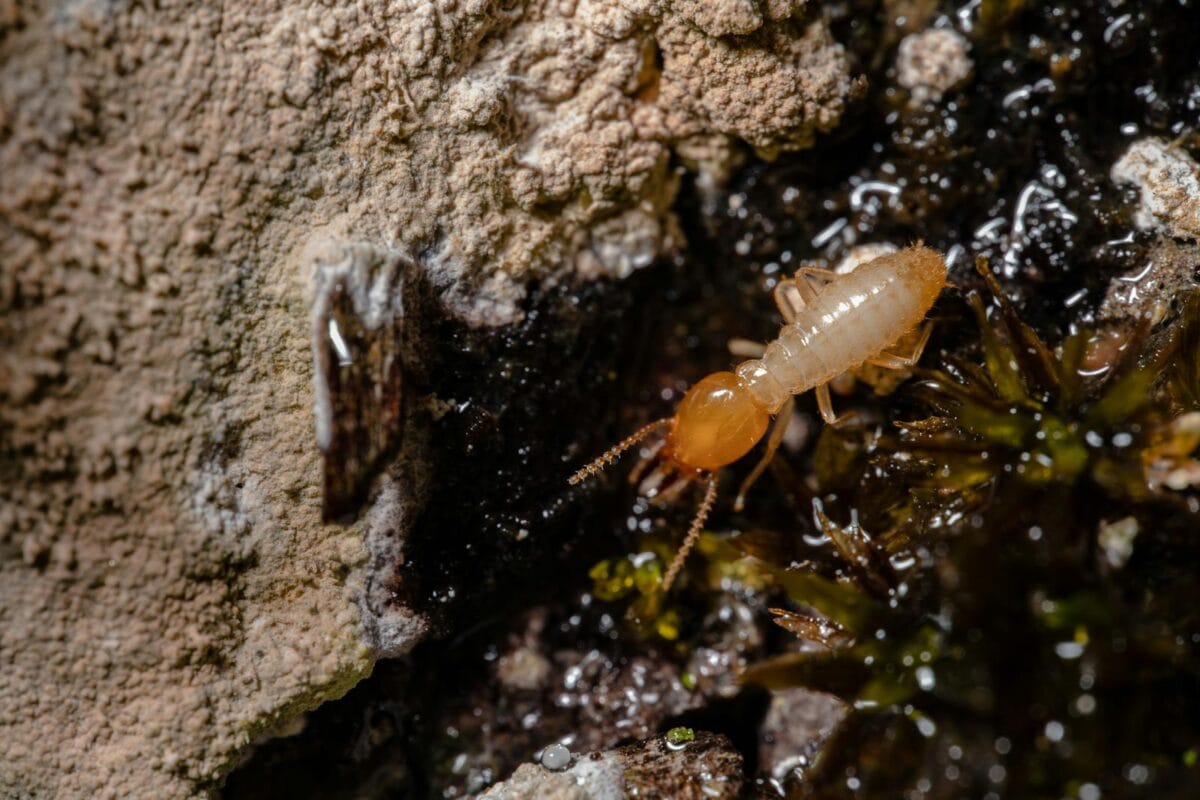
Termite colonies represent one of nature’s most complex social structures, and at their center is the queen’s extraordinary reproductive capacity. While termites typically reproduce sexually, some species have evolved a fascinating reproductive backup system. When a colony loses its queen, a remarkable process called thelytokous parthenogenesis can occur in certain species like Reticulitermes speratus. Female workers, normally sterile, can transform into “secondary queens” capable of producing genetically identical offspring through parthenogenesis. This reproductive flexibility ensures colony survival even when the primary reproductive individuals are lost. The queen’s primary reproduction method remains sexual, producing thousands of eggs daily after mating just once in her lifetime, which can span 15-50 years depending on species. This combination of sexual reproduction for colony growth and asexual reproduction as a backup system provides termites with extraordinary reproductive resilience. With over 3,000 termite species worldwide, these social insects have thrived for over 130 million years, largely due to their adaptable reproductive strategies and complex social organization.
The Conclusion: Nature’s Cloning Marvels
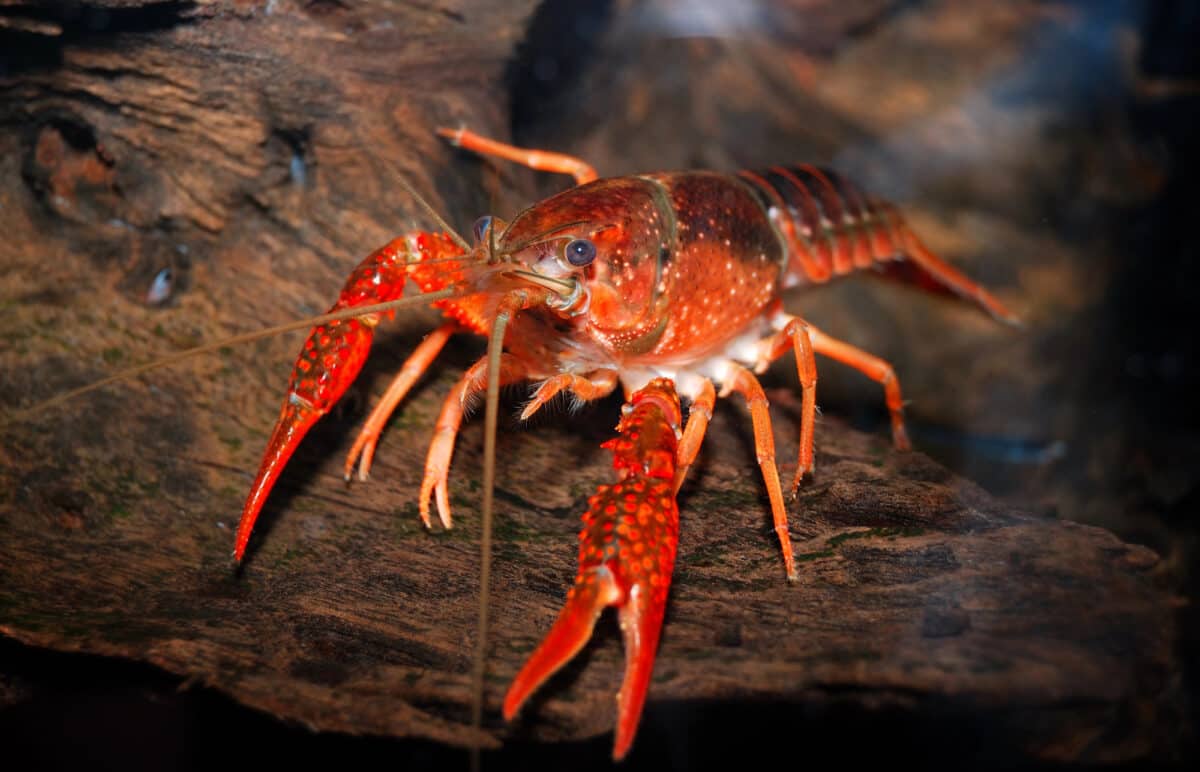
The diverse array of species capable of self-cloning demonstrates nature’s remarkable adaptability and the evolutionary advantages that asexual reproduction can provide in certain circumstances. From microscopic rotifers that have thrived without sex for 40 million years to massive Komodo dragons that can reproduce without males when necessary, these species challenge our understanding of reproduction and evolution. While sexual reproduction remains dominant across the animal kingdom due to the benefits of genetic diversity, the persistence and success of these self-cloning species highlight alternative survival strategies. Scientists continue to study these extraordinary organisms not only to better understand evolutionary biology but also to gain insights applicable to conservation, medicine, and biotechnology. As we discover more species capable of this remarkable reproductive feat, we’re reminded that nature’s innovations often exceed our imagination, demonstrating that even something as seemingly science-fictional as cloning has been a natural part of Earth’s biological toolkit for millions of years.
- 13 Venomous Creatures You Will Want to Avoid - August 9, 2025
- Top 12 Most Affectionate Dog Breeds to Own in America - August 9, 2025
- 11 Questions About Animal Sleep That People Ask Google - August 9, 2025

